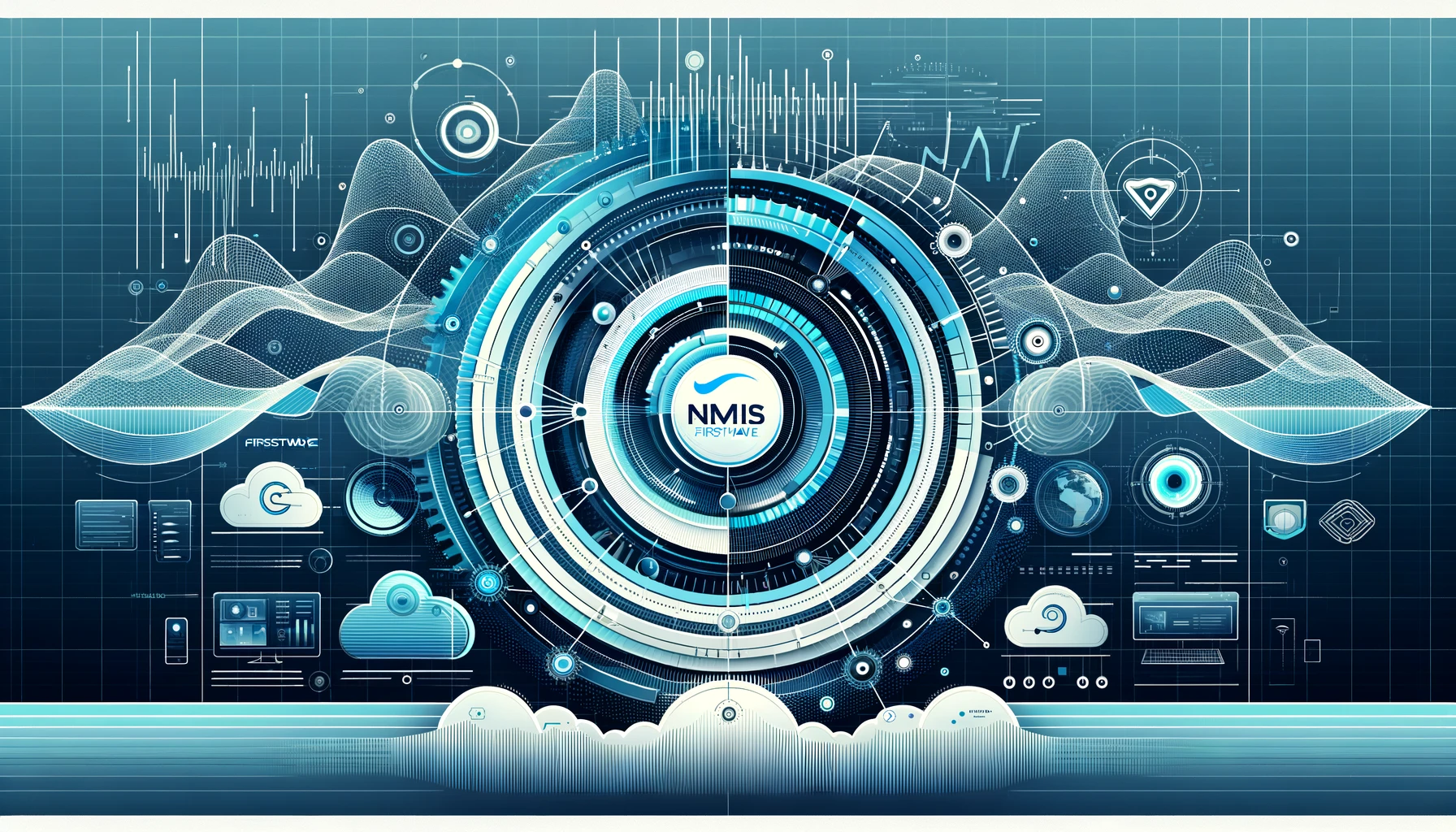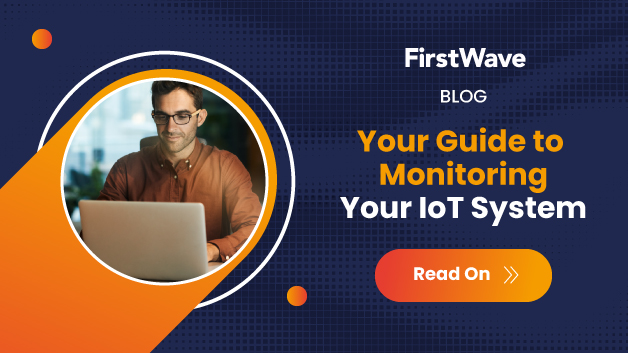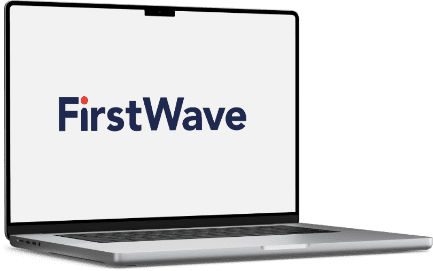
So, your boss has just set up a blend of different software products or a SaaS product to take care of the network monitoring. Did your boss really do you a favour or just add to your headache? Has the situation truly improved, or do you just have more unresolved problems?
These are the five most common complaints we hear and solve on day one out of the box.
1. Too Many Alerts.
This is probably the most common problem with monitoring tools. Everything is turned on either out of the box or by the administrator’s choosing and organizations must rely on the logs to get the information they need. There is a fear of missing something but setting up alerts should be a thoughtful process, standardized amongst your team, and carefully chosen. Careful and well-considered Integrations with other tools like email, SMS, and ticketing systems are essential – but you can’t be inserting and sending out junk or it will be ignored.
2. The monitoring tool is indeed the resource hog and has a slow database.
Many popular monitoring tools are built on Microsoft technology using multiple on-premises servers. To scale, it usually takes building a replica of your multiple server setup and additional software licensing costs (Microsoft Server, SQL and the Monitoring Tool) every time you add a server. Then there’s the ongoing operational management of the multiple servers. With so much data constantly processed, the user experience is slow and poor.
3. One size does not fit all / no access to the API.
Many popular tools now are built in the cloud, and you do not own your data. Your data may be rolled up, removed, or you only have access to specific periods of your data. It is no good for longer-term trending or baseline troubleshooting. You need complete API access to your data to integrate it into your business operations.
4. Security.
Supply chain attacks are becoming more frequent. We all know what happened this year with many Telecommunications, Managed Service Providers, Internet Service Providers, the US Federal Government forced to turn off their monitoring tools. While patches were developed to work around the issue, the depth of what the hackers got is still not well understood. I feel for MSPs as their SLAs are destroyed. Hopefully, those force majeure clauses get interpreted favourably.
With an on-premise platform, you have to control it 100%. Complete control ensures that the product works within your security parameters.
5. Automation.
If you have installed many different tools, setting up some automation between them is extremely difficult. Furthermore, the automation breaks when you need to update or reconfigure one or more underlying applications for other reasons (e.g. Security). A SaaS solution may have various actions that they class as automation; however, they lack the flexibility you need for your environment.
Here at Opmantek, we have a strong belief that monitoring tools should be customizable. We believe this helps the overall flexibility, extensibility, scalability and security posture of your organization, ensuring that in the end, you get what you’re really after and that is less downtime!
Solve these five problems and more – > ask us how








